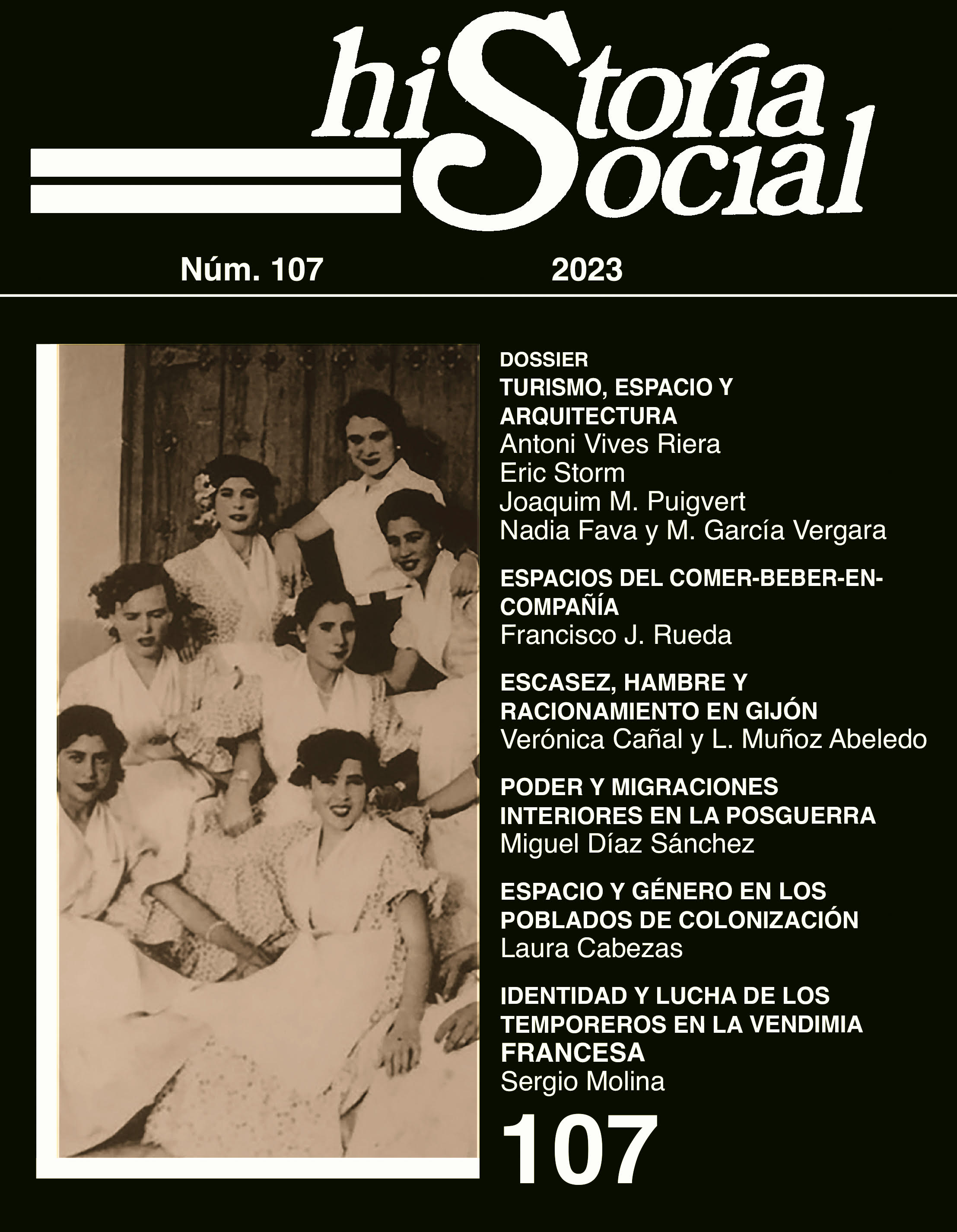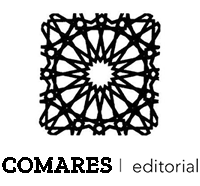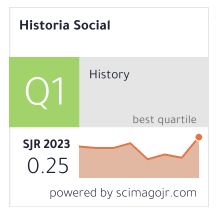Regionalist architecture, tourism and the yearning for a more authentic life, 1890-1940. A European perspective
DOI:
https://doi.org/10.70794/hs.103400Keywords:
Regionalist architecture, tourism, artisanal work, regional patrimony, everyday lifeAbstract
Regionalist architecture was an international trend during the first half of the twentieth century, and was particularly popular in tourist areas. The propagandists of regionalism wanted a more authentic building style, a simple family life in close contact with nature and the adoption of artisanal traditions. This could express itself in a nostalgic version, exalting the values and patrimony of the countryside. Others propagated a more reformist version: modern hygiene, air and light, constructive honesty and social equality. Based on the specialized press of the time three types of practices related to architectural regionalism will be analyzed: work, the use of space and daily life.








